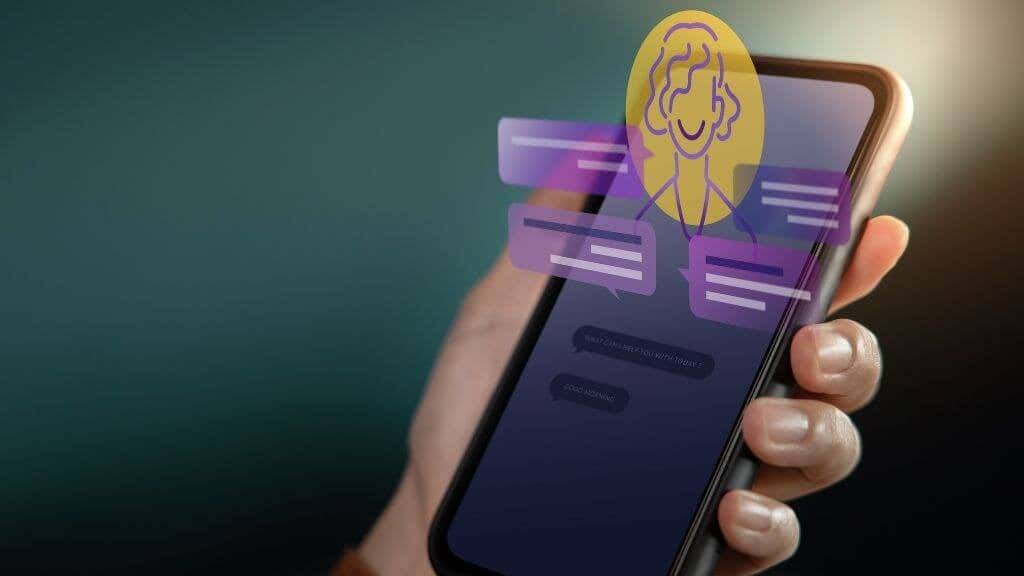With daily changes affecting the reopening of schools, not only Parents and Teachers are affected. How about the Phycological Covid 19 experiment on class room students. Let read on and find out what’s in store.
Firstly, Classroom policies or even whether in-person learning occurs at all depends on where you live and often the politics of who sits at the best health tip of.
The opening of schools is a tremendous opportunity for natural experiments to be under taken soonest. Honestly, what lead to all this was a study to know how effectively this coronavirus spreads, how much of a risk children and teenagers pose for transmitting the virus and whether any of the measures that schools are taking right now—from staggered schedules to new ventilation systems to chemically disinfecting the desks—makes a difference.
⇒Join us on Telegram for more Sure and Accurate football-winning tips every day...click here
However, some researchers are so confident looking at the entire body of literature in making claims of children’s role in transmission as compared with adult. While it’s believe children will be unprotected and less careful on safety measures than adults.
The study, known as Human Epidemiology and Response to SARS-CoV-2 (Heros), also will help determine what percentage of children infected with the virus develop symptoms of the disease, and compare the infection rates among children who have asthma or allergic conditions with those of kids who do not.
More than 1,900 households in 12 US cities have been enrolled in the study, and Hartert hopes to have some preliminary data in early 2021.
Anyways, this research is specifically examining how the virus travels throughout families. It’s not as simple as only studying the school, the school building is only one network that students interface with when they leave class, get on buses, and go home.
Data experts say that designing studies about school transmission or about mitigation measures isn’t so easy. For one thing, in school districts where most parents are unable to work from home or lack access to a computer and the internet, administrators may have an incentive to keep their schools open despite the risk from the virus
In communities where the students are relatively disadvantaged, they are likely to go back to school, because the students will likely fall further behind.bIf there are outbreaks, they are more poorly resourced. If they had money for better ventilation systems and to have smaller class sizes, they would have been able to do it safely.”
Sadly, they will also have to run a detailed accounting of each person that an infected student or teacher meets, a strategy known as contact tracing, which is both labor-intensive and expensive to do.
That’s why you need to be testing children, so you know that they came to school without Covid, that five kids now have Covid-19, and then also contact-trace with their families.
You have to have the infrastructure in place, otherwise it becomes very difficult or even impossible to trace. The study will identify sick students and staff and collect epidemiological data about the background spread of the virus.
Nonetheless, In some parts of the country where schools reopened earlier, it’s already becoming clear that it’s hard to keep Covid-19 out of schools.
In Lincoln, Nebraska, students started school in person earlier this August with extra space between desks, mandatory masks, and reminders about frequent handwashing.
Some experts note that other countries opened schools by driving down the number of cases in the surrounding community and by prioritizing the opening of schools rather than the opening of businesses and social establishments that could be a high risk for spreading the virus.
In Nigeria, the WAEC is currently on with strict safety measures ensered.




